Lake Biwa Canal Museum: A Small Yet Fascinating Museum in Kyoto
Lake Biwa Canal Museum is a small, free museum in eastern Higashiyama dedicated to the Lake Biwa Canal, a major civil engineering project in the late 19th century that helped transform Kyoto. This museum is rarely mentioned in online Kyoto travel guides, however, we think it is among one of the best hidden gems of Kyoto.
We were staying at The Westin Miyako Kyoto (Agoda | Booking), which is just a short walk from the museum. After our half-day trip to see Lake Biwa and Ishiyamadera in Otsu, Shiga, we got curious about the canal and decided to stop by the museum. It turned out to be such a nice surprise!
Quick Links
History and Significance of Lake Biwa Canal
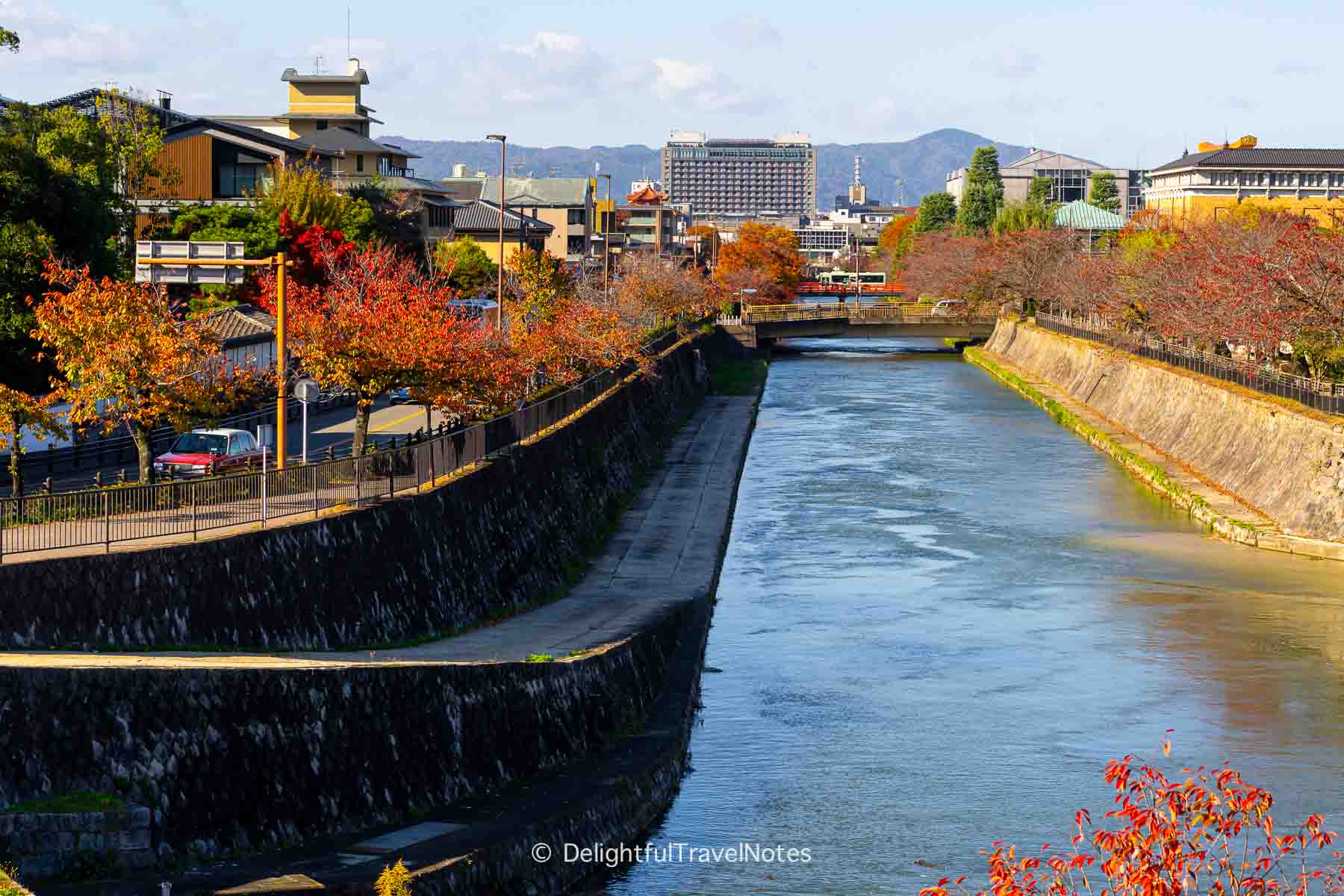
Kyoto might not be what it is today without Lake Biwa Canal. After the Meiji Restoration and the relocation of the capital city to Tokyo, the economy and population of Kyoto were both declining. To revitalize the city, the Governor of Kyoto proposed constructing a canal to draw water from Lake Biwa, the largest freshwater lake in Japan. The water brought by the canal served many purposes, from boat transportation and irrigation to hydroelectric power and later, clean water supply.
Lake Biwa Canal is part of a larger network that was built for this infrastructure project. Some of the notable components of this network are Keage Incline and Suirokaku Aqueduct on the grounds of Nanzen-ji Temple. Today, the canal continues to supply Kyoto with essential water resources, support irrigation, and generate power.
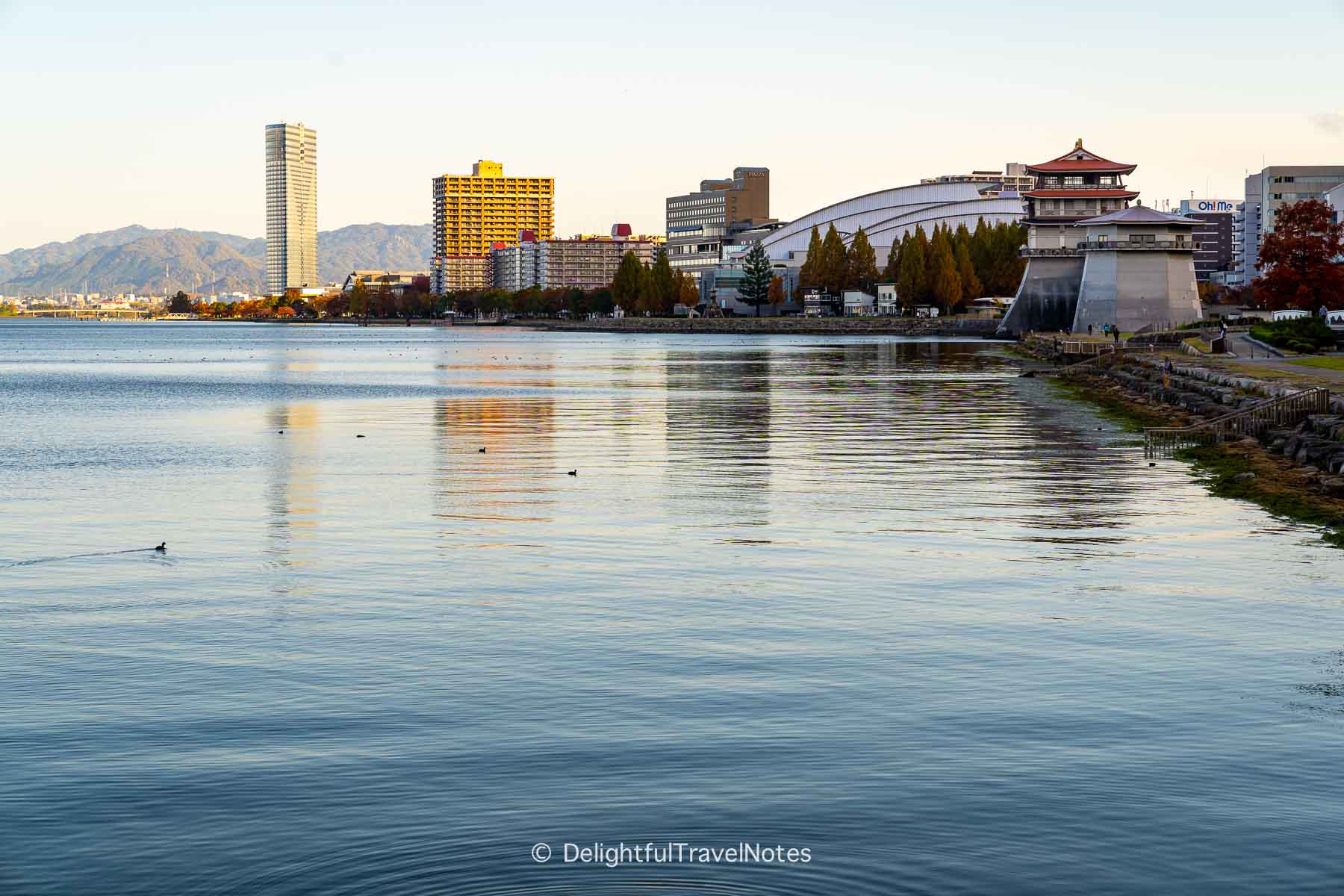
Museum Highlights
If you are interested in engineering and modern history, I believe the Lake Biwa Canal Museum will not disappoint. This informative spot does a great job of explaining the historical background, significance, and vast scope of this massive project that helped shape Kyoto into the city we know today.
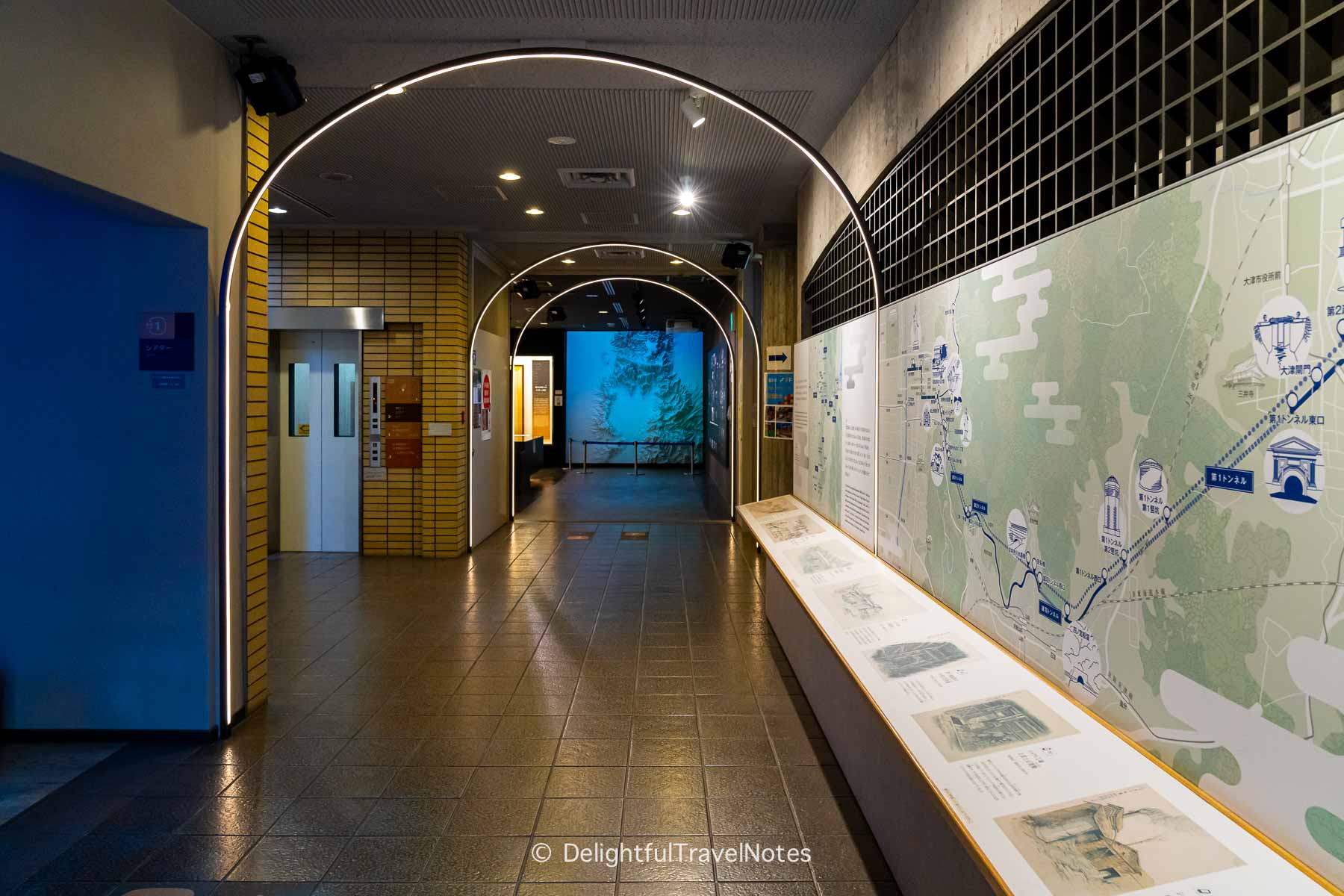
Upon entering, I recommend starting with the short introductory film in the first-floor theater. With English subtitles available, the film provides an overview of the canal’s design, the construction methods used, and the immense challenges workers faced. The construction was extremely difficult as it required a huge amount of manual labor at that time.
After watching the film, head into the exhibit rooms, where you will find sketches, historical photographs, and diagrams illustrating how the Lake Biwa Canal was planned and built. The museum is fairly small, so it will not take too long to read everything. English translations are generally sufficient to follow the story with ease.
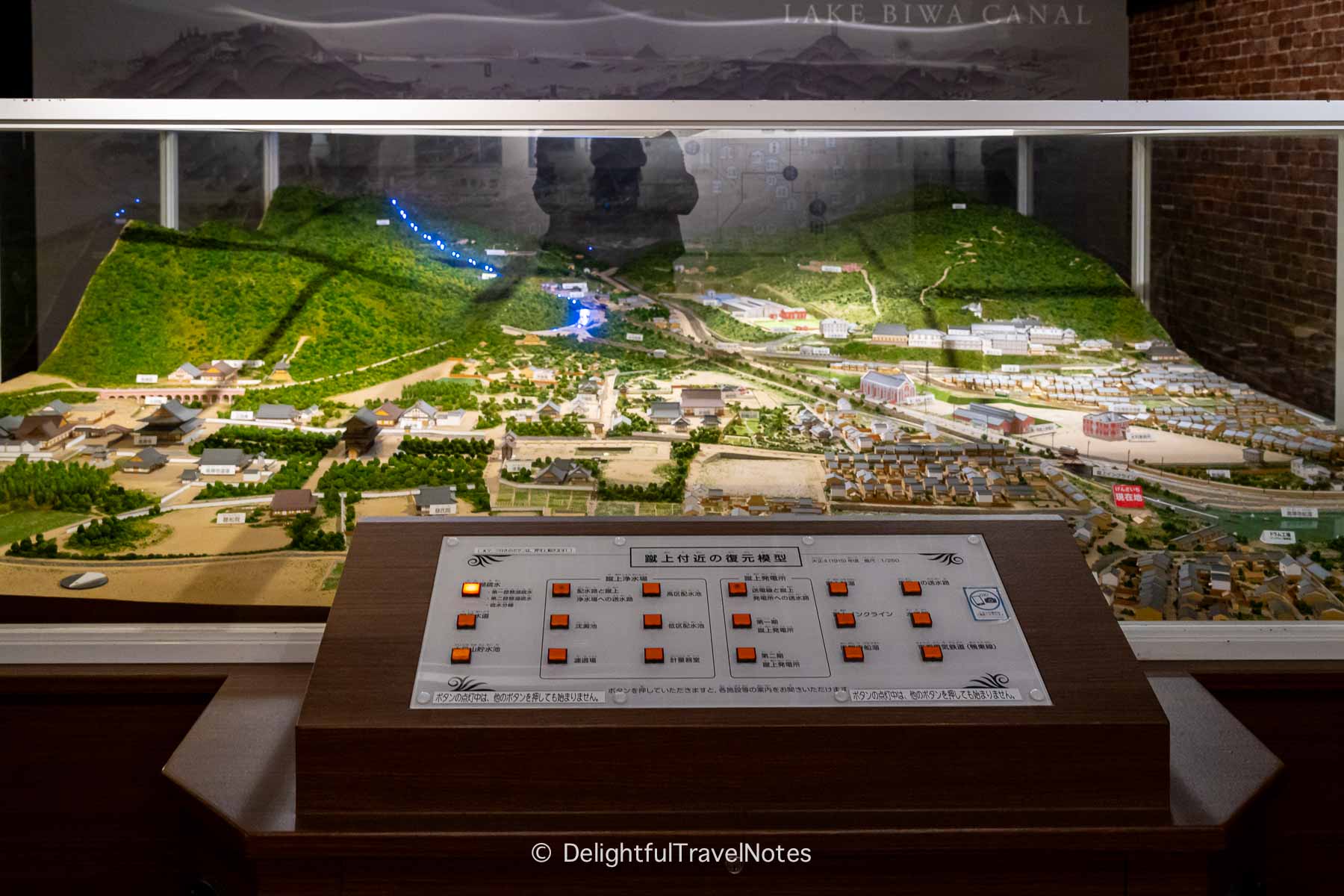
Once you have finished viewing the indoor exhibits, head to the outdoor terrace connected to the basement. Here you can see a close-up view of the canal and the fountain.

From the terrace, you can follow a short walkway leading directly to the Keage Incline. On our visit, the weather was gorgeous and perfect for a stroll, so we continued on, following behind a group of schoolchildren who had just finished touring the museum as well.

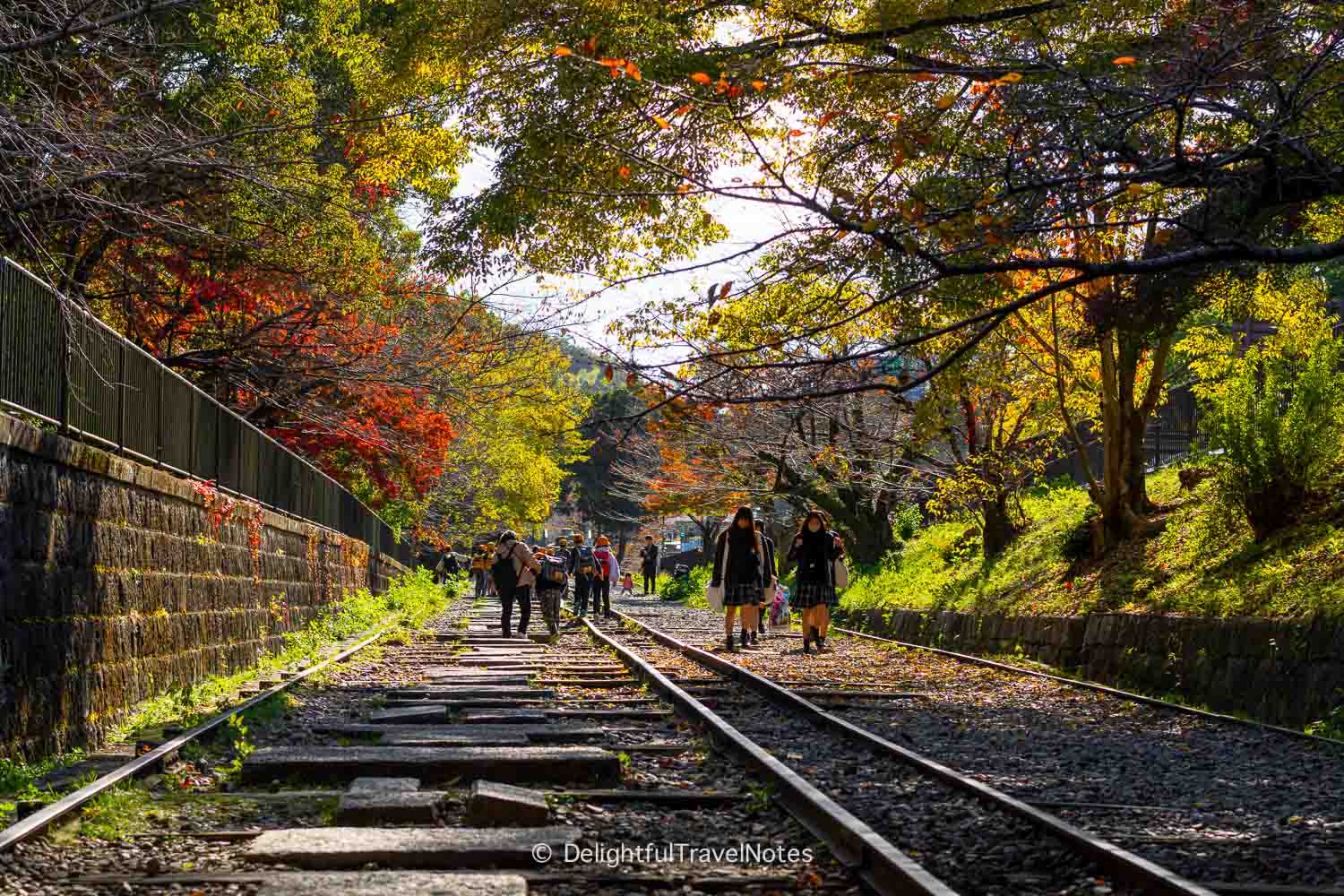
The scenery and atmosphere were very lovely and peaceful. I had previously only known Keage Incline as a popular cherry blossom spot, but after learning about it at the museum, I saw it in a whole new light. The incline was constructed as an engineering solution to resolve the elevation difference that would otherwise disrupt boat travel along the canal. Boats would be placed on wheeled platforms and pulled up or down the rails by a cable system. Partway along the incline, you will see a replica of a cargo vessel once used on the canal.
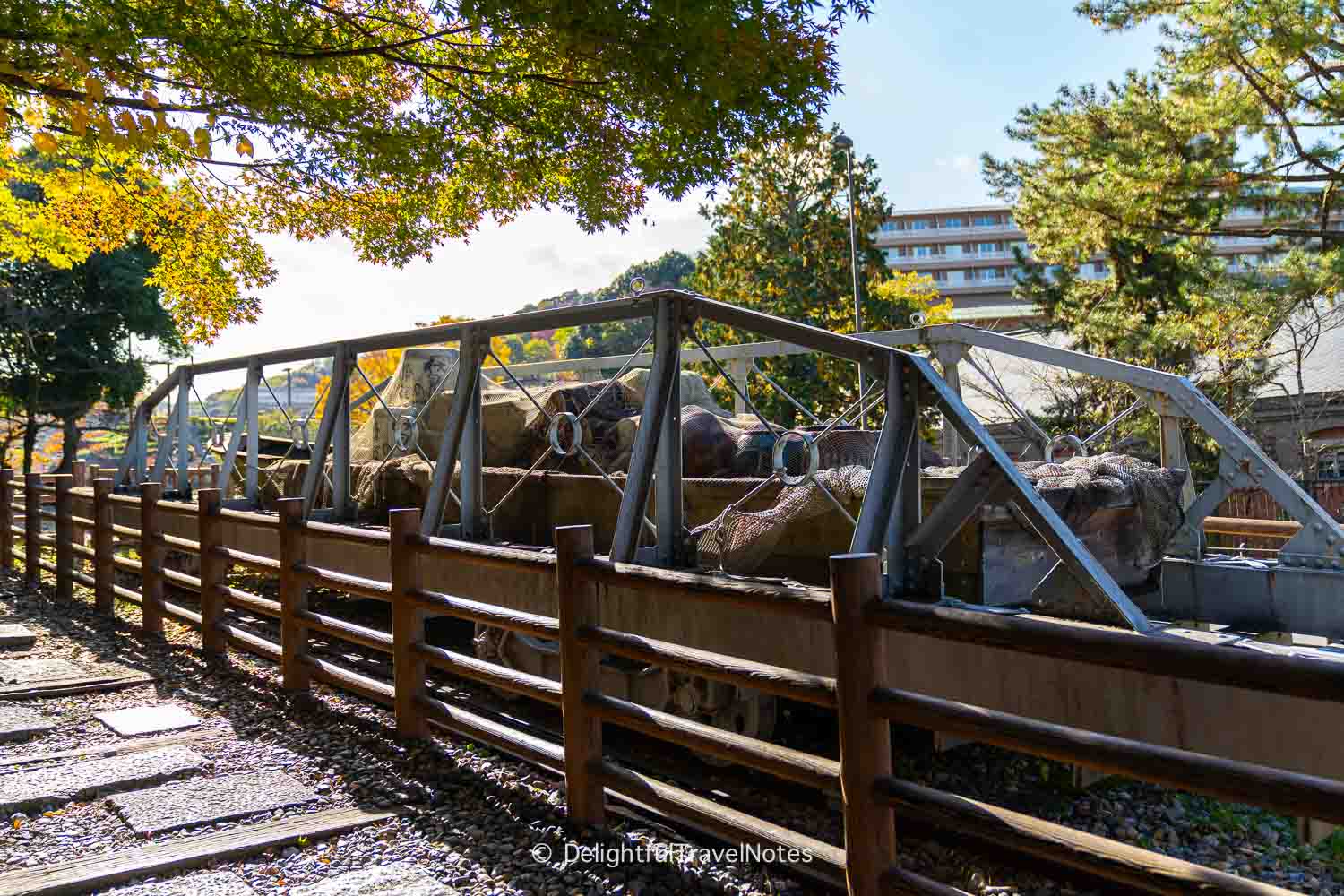
Following the rails a bit further, we reached Keage Sosui Park, where there is a sculpture honoring Sakuro Tanabe, the chief engineer behind this massive project. From this point, you can get off the incline and continue on to the Nanzen-ji Temple grounds to see the iconic Suirokaku Aqueduct. Water is still flowing at the top of the aqueduct.
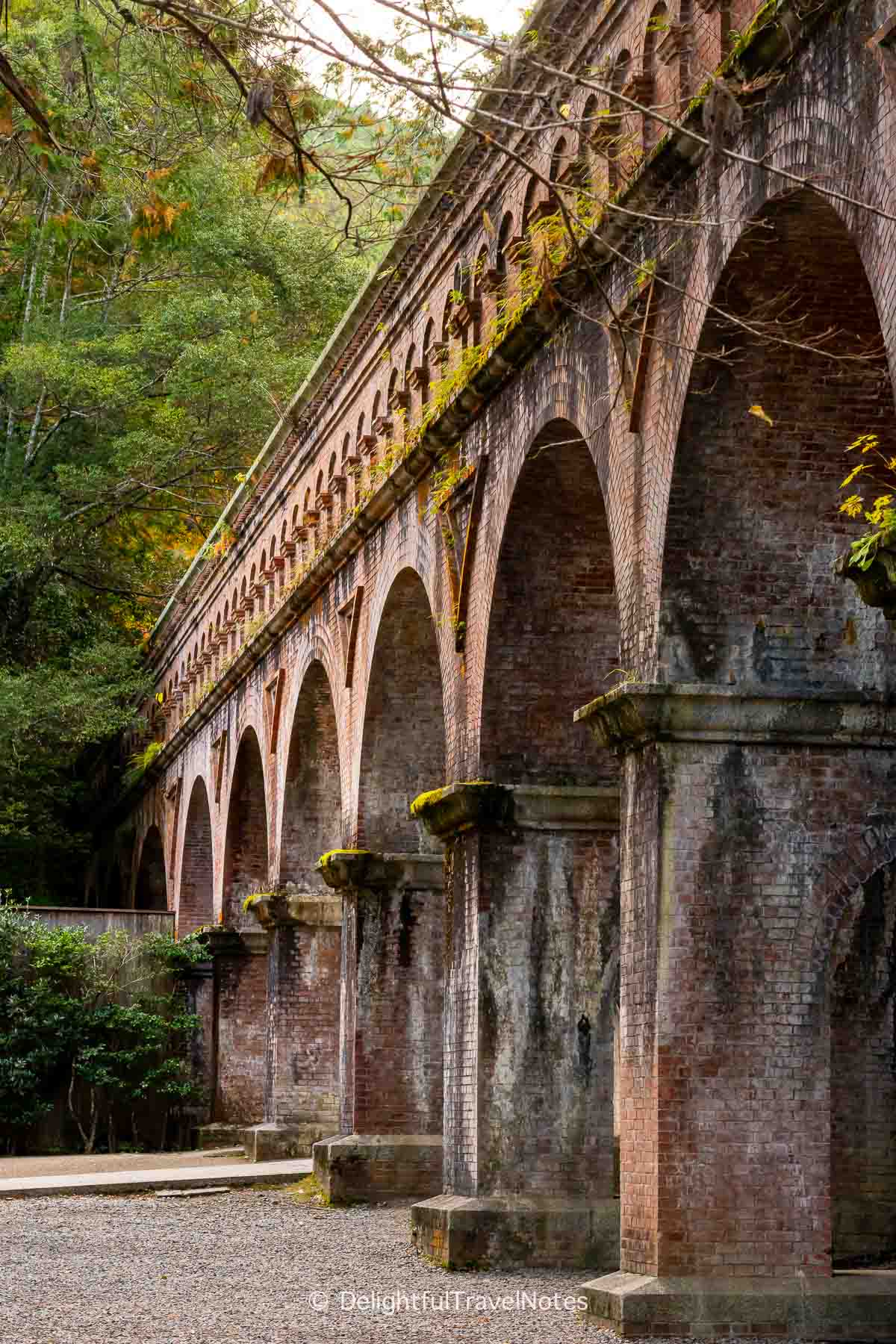
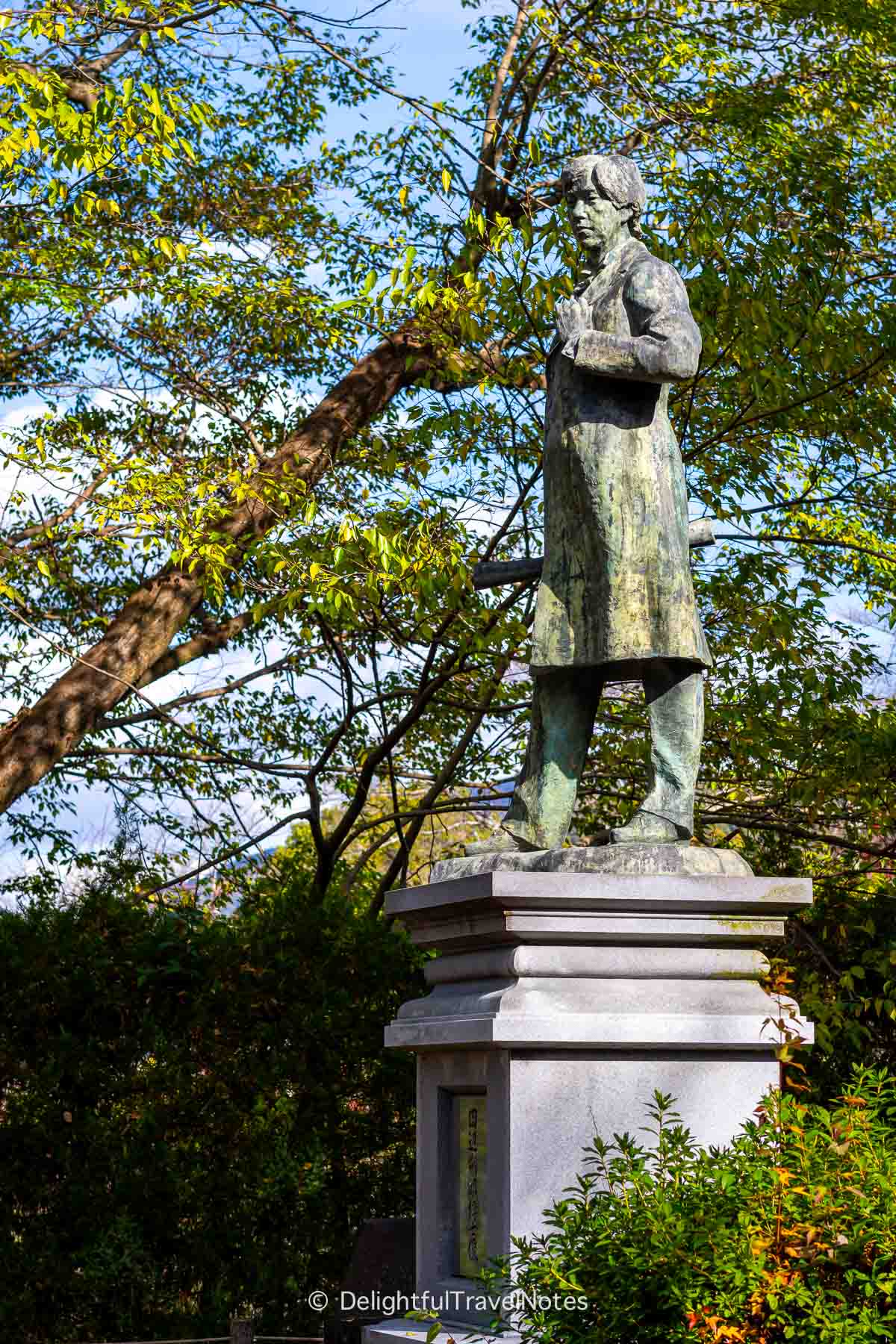
Summary
A visit to the Lake Biwa Canal Museum is a great way to appreciate how Kyoto managed to revitalize itself after losing its capital status. I particularly enjoy the easy transition from an indoor exhibition to the real-life canal structures which makes the experience more memorable.
If you are seeking a break from temple-hopping or hoping to avoid the crowds at popular sites in Kyoto, this museum serves as a refreshing alternative — or simply a perfect addition to an eastern Higashiyama itinerary. It seems you can even take a cruise along the canal — this maybe something we will consider doing next time. I also suggest visiting the nearby Heian Shrine (plus its beautiful gardens), which was also built as part of the efforts to bring back the vibrant atmosphere to Kyoto after the capital was relocated.

Explore More
The Thousand Kyoto Review: Wonderful Hotel Right Next To Kyoto Station
How To Plan An Amazing Trip to Kyoto (Beyond General Japan Travel Tips)
Top Crowded Attractions in Kyoto and How to Avoid the Masses